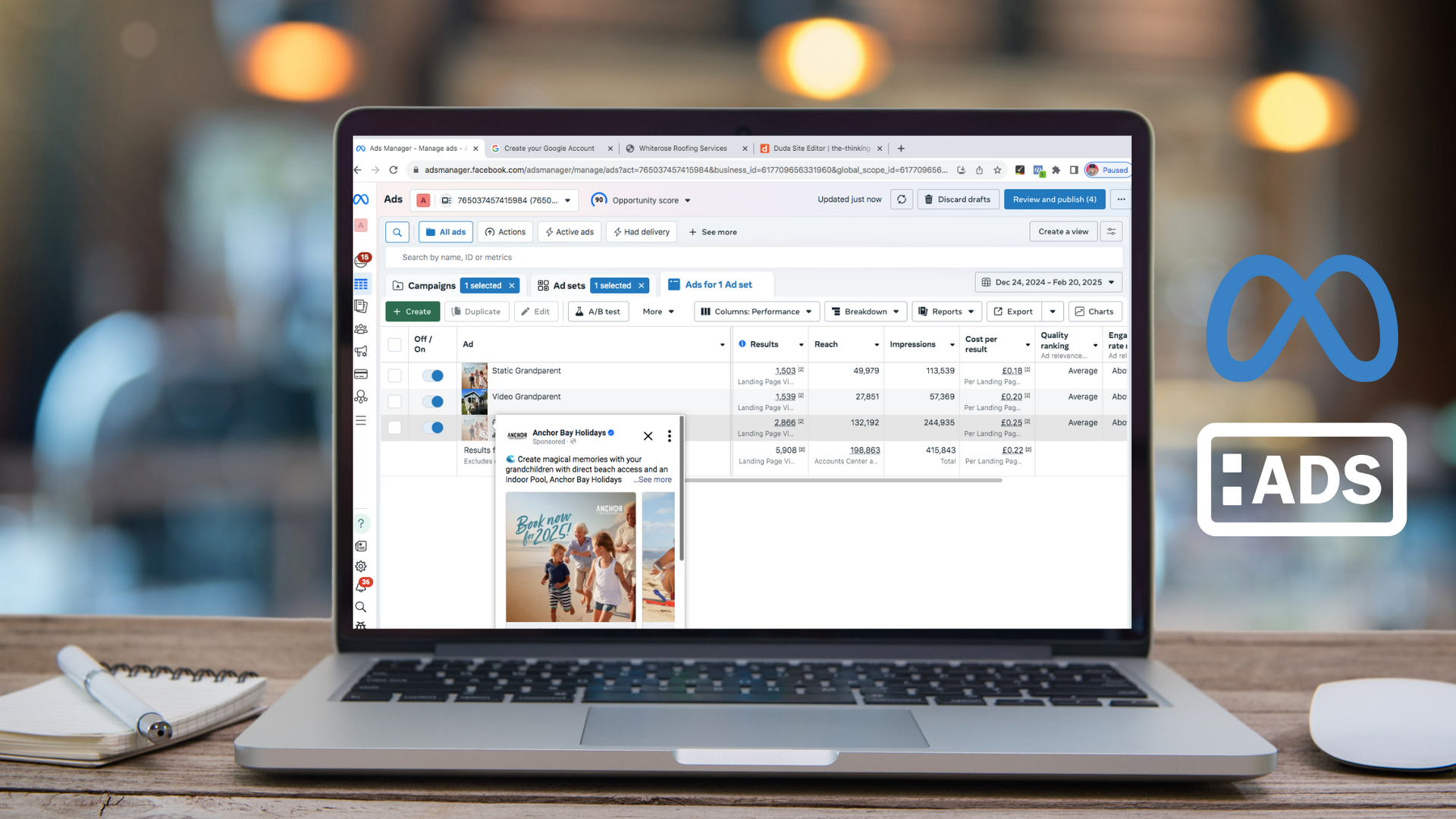Blue ticks on social media: is Meta Verified worth it for your business?
Here’s something I’ve been asked more and more over the last year: ‘is Meta Verified worth it for my business?’.
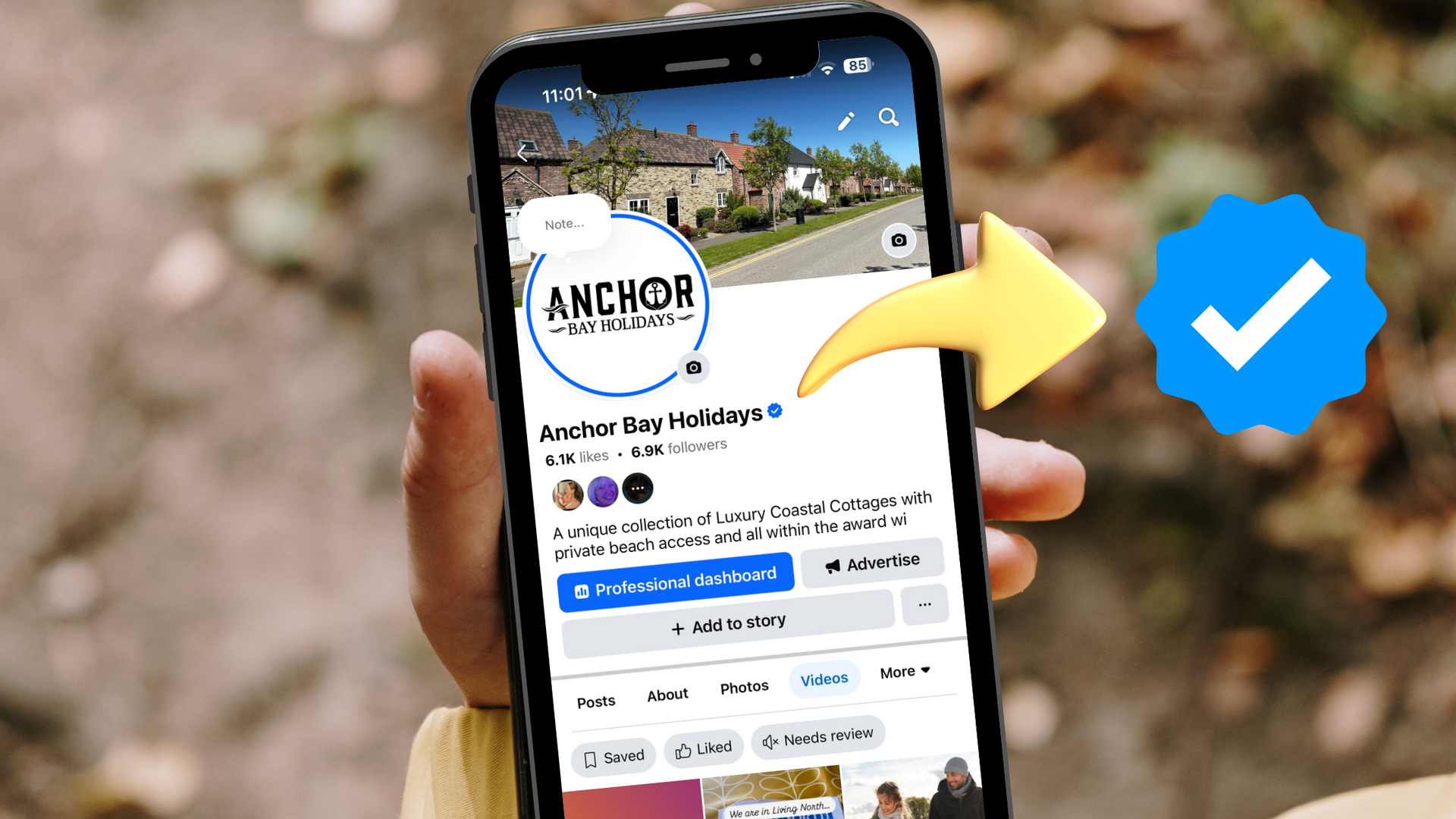
Until recently, having a blue tick next to your username on Instagram, Facebook or X (formerly Twitter) was something reserved for well-known public figures, but since Meta’s verification system changed in 2023 it’s open to many more.
In this month’s blog I’m focusing in on Meta Verified, what exactly it is, and what the benefits are so that you can find out if it’s a good idea for you.
So, let’s dive in: is Meta Verified worth it for your business?
First of all, what does Meta's blue tick mean?
The blue tick was part of the Twitter landscape for a long time before it was adopted by Meta and used on Instagram and Facebook.
A blue tick means that the profile has been verified – it’s the real deal. This isn’t someone impersonating a person or brand, this is them, and you can trust their profile.
Until a couple of years ago, the blue tick was a free mark of verification awarded to high-profile public figures and brands.
But in 2023 Meta Verified was launched, whereby individuals and businesses can pay a monthly fee in exchange for the blue verification tick, which provides additional benefits such as increased visibility, protection against impersonation, and access to extra features.
It was initially piloted in a few countries and has now been established in the UK for over a year; it’s a service which is continuing to evolve as Meta refines its offerings and addresses user feedback.
Side note: are blue ticks on X the same?
It’s worth saying that Meta Verified is very different to the blue-tick system now used on X.
In 2021, ‘Twitter Blue’ was introduced, where any profile can receive the blue tick in exchange for a monthly fee, and these users are given features such as being able to edit tweets.
In contrast, Meta Verified has a more robust verification system in place whereby profiles are assessed in order to establish their credibility.
The blue tick therefore carries a much higher level of trust on Meta platforms than on X, and the extra features available encompass support for businesses in maintaining that credibility.
If you’re asking the question, ‘is Meta Verified worth it?’, you need to weigh up what the benefits would be – so what are the features that are offered with Meta Verified?
What is the appeal of being Meta Verified?
Being Meta Verified in the UK gives several benefits to individuals, brands, and businesses looking to enhance their online presence and credibility on Meta platforms like Facebook, Instagram and WhatsApp.
When people ask me, ‘is Meta Verified worth it for my business?’, these are the advantages that I tell them about to help them decide.
Credibility and trust: does the Verified Blue Tick mean more than ever, or is it just a clever cash-grab?
In an online landscape where disinformation and fact-checking measures are changing and users are reevaluating who and how to trust, it’s important for your business to show authenticity.
Meta’s aim for verified status is that it communicates trustworthiness, and sets you out from your competitors, as well as enhancing your reputation – which is good for any business, but especially ideal for luxury brands who are selling a high-ticket product or service.
But now that there are no longer any third-party watchdogs on the platforms, some would argue that paying for Meta Verified is their only way to establish trust online, and by removing fact-checking, Meta have forced users’ hands and created the perfect storm to drive sales of the coveted blue tick.
Whether this was Meta’s plan all along or not, the blue tick has long been associated with authenticity and having it alongside your business’s name is bound to build positive associations of trust on their platforms.
If you’re running a small business, Meta Verified could be a way to signal to the outside world that even if you don’t have a huge following yet, you are to be taken seriously and trusted.
Boosted visibility
Many businesses struggle with maintaining social media visibility, which can be crucial in growing your audience in order to get leads.
Verified profiles are often prioritised in search results, driving even more traffic to your platform, and onto your website.
Studies also suggest that users are more likely to engage with verified accounts by liking, commenting on and sharing posts, because they’re more likely to interact with accounts which they trust.
This drives your reach, further growing your audience.
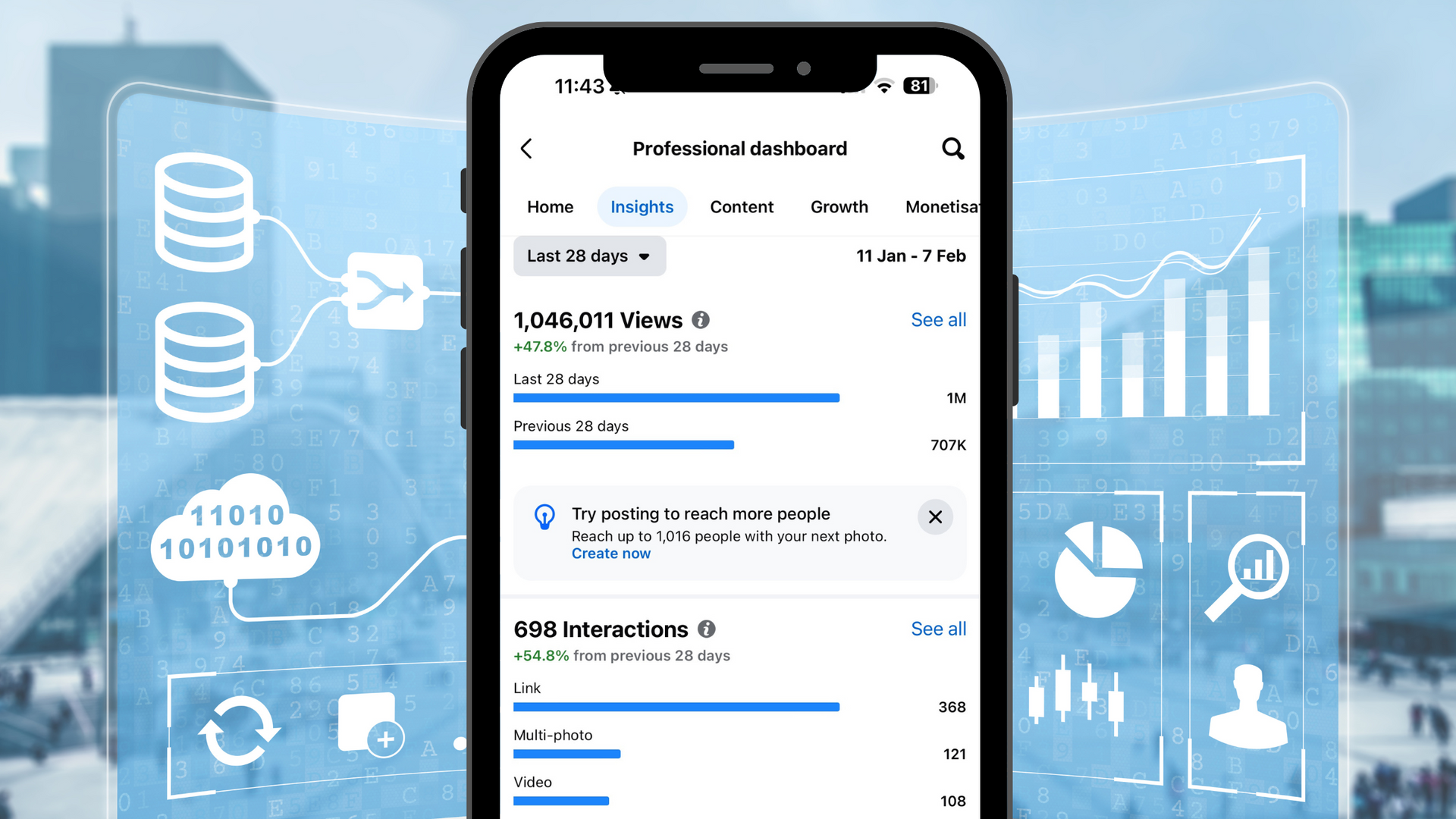
Protection against impersonation
We’ve all heard horror stories of accounts claiming to be someone they’re not; it can ruin a brand’s credibility and have huge impacts on business.
Having a blue tick means impersonators are less likely to create an account to mimic yours, as it’s so easy to tell which is the real you.
This is important in any business, but in industries which rely heavily on trust, such as healthcare, financial management, childcare or many others, the blue tick could be especially valuable.
Access to additional features
Given that one of the main aims of Meta Verification is to enhance credibility, they’ve followed this up with improved customer support around account issues, offering content removal or account recovery in the event of impersonation.
They also have a live chat function to help you connect with customer services and speak to a real person which is always a relief in a high-stress situation.
Verified users can also access exclusive features such additional content creation tools, early access to new platform updates and the ability to add links to reels.
If you’re looking to grow your platform in response to audience activity, you’ll be interested to know that users who are verified can also see more detailed analytics.
Seeing deeper insights into audience demographics, engagement trends and performance metrics will help you to tailor your content and online strategies to those you want to reach.
Enhanced security features
It should be a top priority for all companies to keep their information secure online, and Meta Verified requires users to enable two-factor authentication to protect your account from unauthorised access.
Meta Verified users are also often better shielded from spam and malicious activity than non-verified accounts, which is another weight off your mind.
So, is Meta Verified worth it for your business?
I’ve talked you through the benefits of being Meta Verified, but there are costs and eligibility requirements too.
In the UK, Meta Verification typically requires a fee, which is around £9.99 per month for personal use per platform (Facebook and Instagram).
It can cost more to sign up through the app, so I’d advise looking into doing it via desktop if you’re considering it.
You’ll also need to meet certain criteria, including:
- Being over the age of 18
- Submitting a government-issued ID to confirm your identity
- Having a complete personal profile with a personal profile picture and bio
- Meeting Meta’s terms of service and community guidelines.
They might seem stringent, but these requirements are really what make Meta Verified such a valuable asset, as the trustworthiness of the blue tick relies upon confirming that you are a credible account.
And here’s a bonus top tip too: if you decide to take to the leap and become Meta Verified, update your app to the latest version to make sure that you have full use of all of the verified features while you’re on the go.
Talk to us about whether to become Meta Verified
Is Meta Verified worth it?
Now that you’ve read my summary of the benefits and requirements of the Meta Verified status, I hope you feel better informed as you decide whether you think the blue tick would be a valuable asset for your business to build online credibility.
It’s important to remember that it’s not a one-size-fits-all question, and I would advise weighing it up case by case to see whether verification is right for your business.
If you’re considering Meta Verification, I’d love to help you see how it could fit into your wider online marketing strategy.
Get in contact with me or book a free 15-minute call to chat through how we could boost your online presence and see if Meta Verification is the way forward.
I can’t wait to hear from you – get in touch today and ask me, ‘is Meta Verified worth it for my business?’
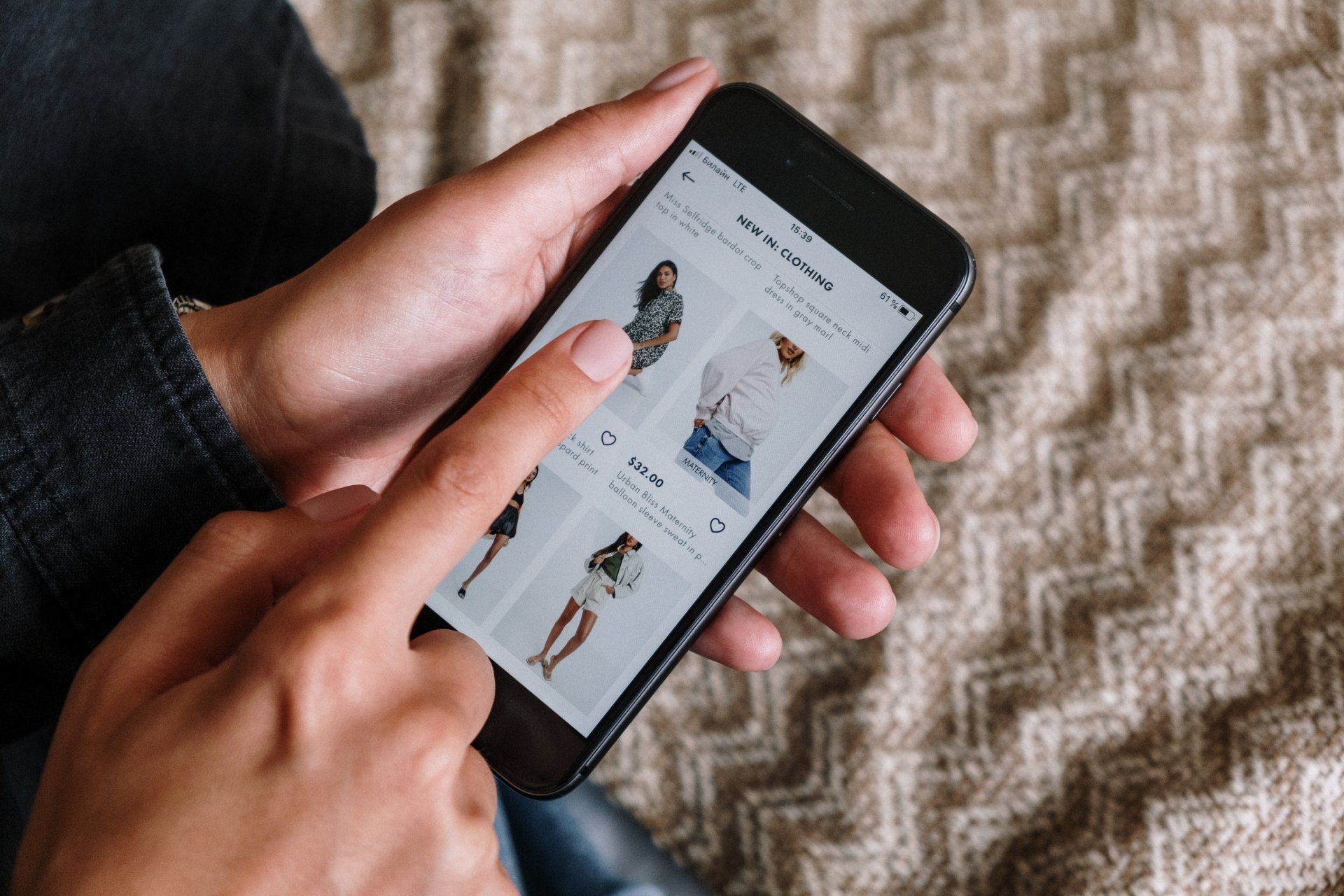



How you can effectively use LinkedIn for free to boost your marketing and grow your podcast audience


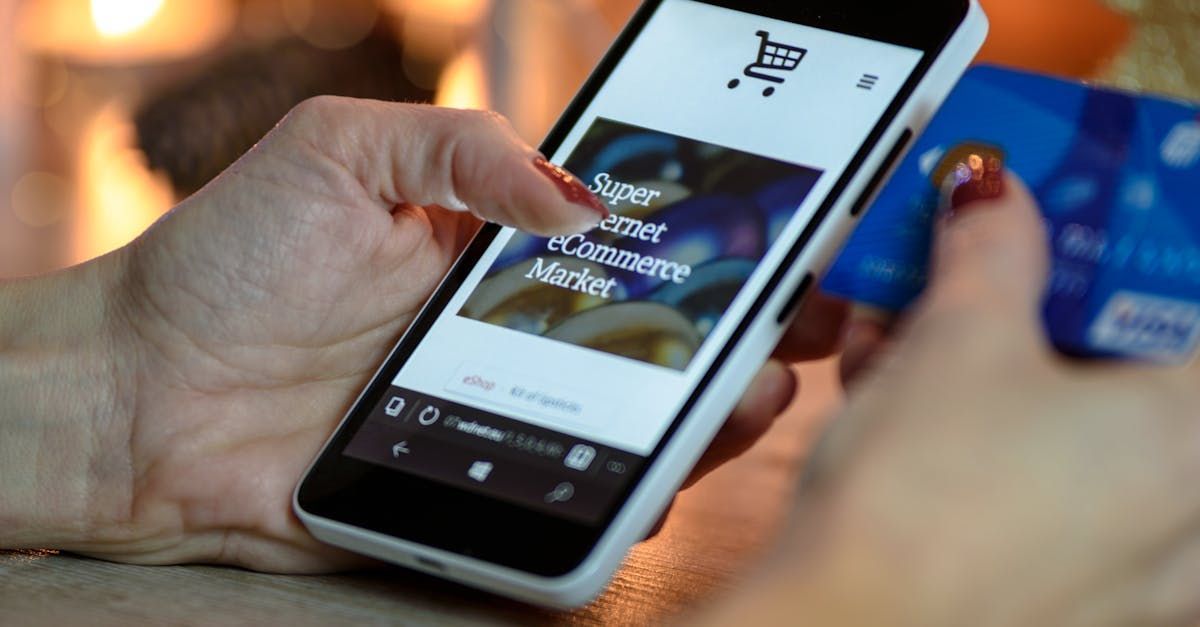

I hope you enjoyed reading this blog post.
If you’d like further help, let’s jump on a call and have a chat.
CONTACT
LOCATION
Leeds office
All Rights Reserved | The Thinking Cap

